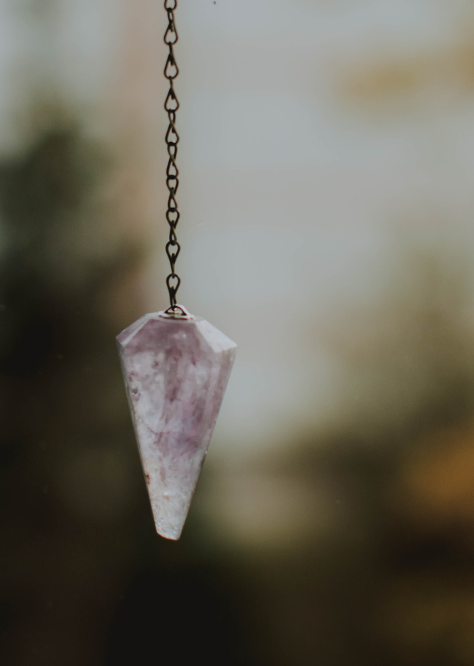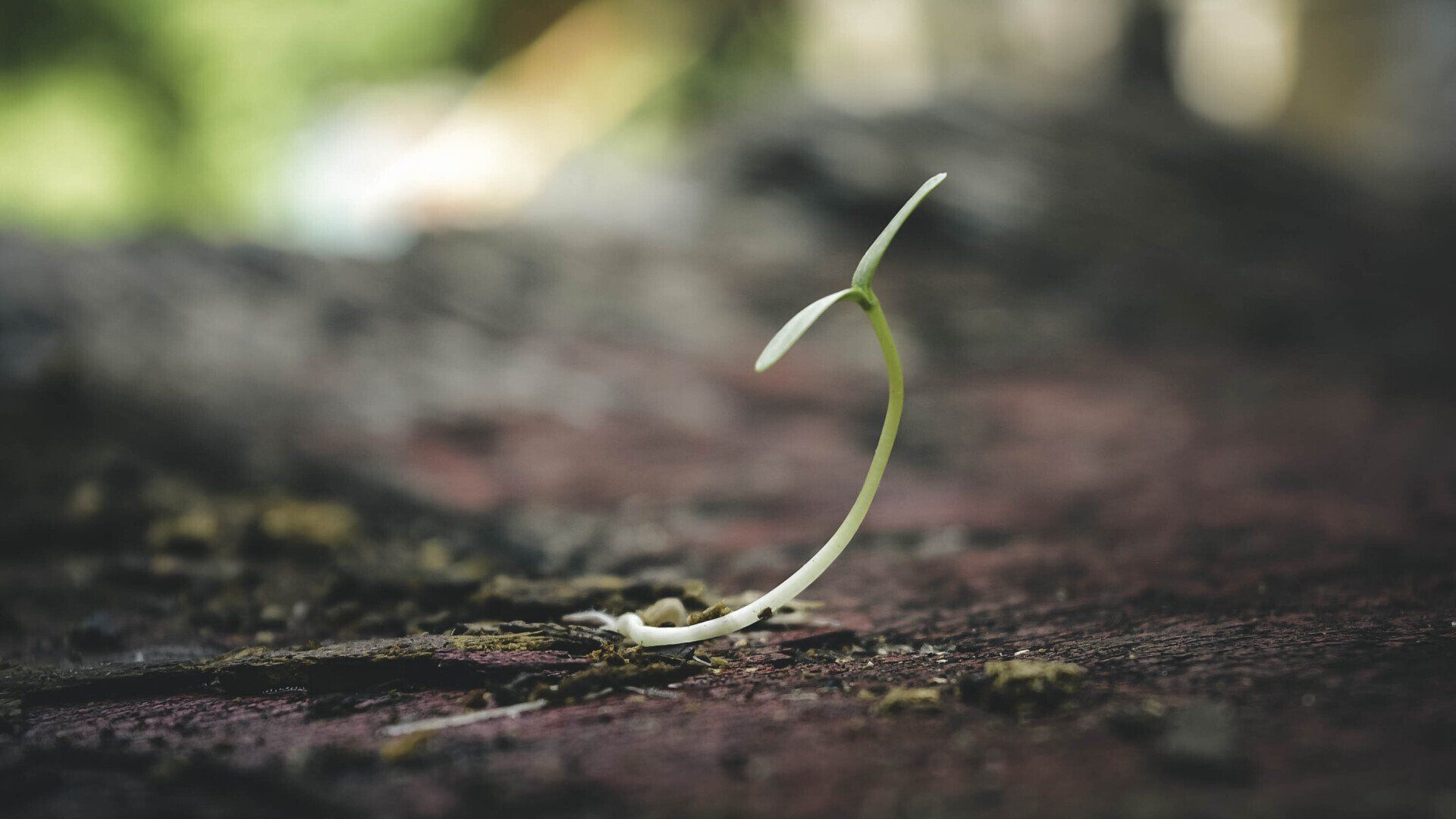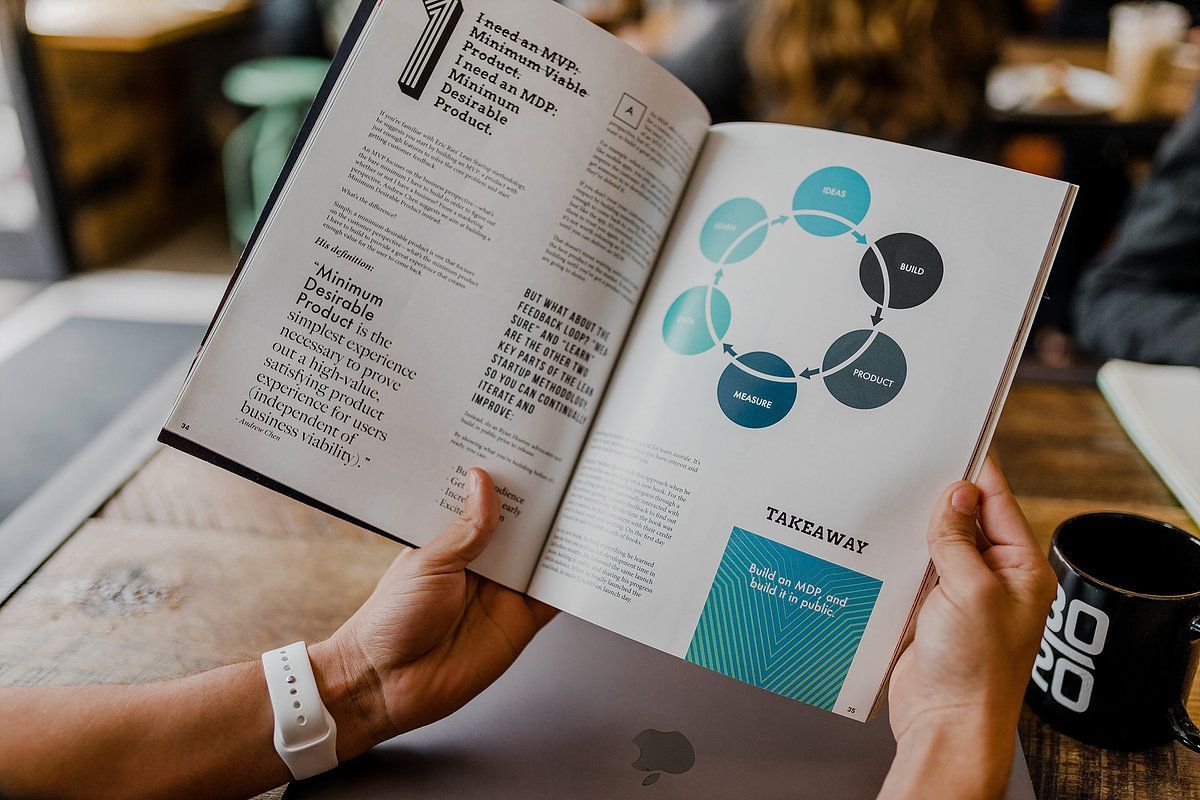1. Dont overthink.
Creativity takes courage and authenticity, and that can be scary. My blog on differentiation encourages you to get clear about what makes you different, better, and unique — because this is how you stand out — and it’s how you convey your distinct identity in whatever space you’re playing in.
It’s the opposite of conformity, and it makes us feel vulnerable. So vulnerable in fact, that many get spooked and decide not to put their creative ideas into play. But this is not an option.
To ease your nerves, keep in mind that you judge yourself more harshly than anyone else ever will. There’s so much creative content out there already - good and bad. What people want more than anything is something different that they haven’t seen anywhere else. So be yourself. Have your point of view. Be different or unexpected. Reveal your daring or quirky side. And be original with confidence.

Stuck in a rut? It happens to the most creative people. Check out these tips to lure the creative muse back into your lair.
2. Enjoy the process of your project.
Make work fun. Start an inspiration file, and add to it regularly. Create a project mood board, and decorate the walls in your workspace. Set up a playlist that helps you connect with the creative vision of the project. If you’re using a project management tool, reward yourself when you check off a task or hit a project milestone.
3. Write down every idea. Dont ignore them.
In a Meditation workshop I attended, I learned that an average person has between 12,000 to 60,000 thoughts per day.
I was so surprised by this that I googled it, and found the scientific research the instructor shared with us. It’s impossible to remember everything that crosses our mind every day.
Treat yourself to a new notebook or journal (one that you really dig) and start using the notepad on your phone to record ideas on the fly, whenever inspiration strikes, whether you’re stopped at a traffic light, or emerging from the shower. (As I write this, I just peeked at my iPhone. There are 5,299 notes, spanning years. Some are lists, some are full-fledged poems, some have embedded photos and drawings, and some are private vent sessions. All of it helped.)
Already an avid notetaker? Up your game and try something different. Look for a guided journal with writing prompts to spark out-of-the-box thinking.

An average person has between 12,000 to 60,000 thoughts per day.
4. Nurture your intuition.
Listen to yourself. Mindfully acknowledge your thoughts, impressions, moods, and whatever you feel drawn to— and not just the obvious stuff. Jot down subtle nuances that you notice in your notebook, too. They stand out subconsciously for a reason, even if you’re not quite sure what the reason is. Seek out alternate ways of looking at things. Oracle card decks are a fun technique to try. Just shuffle them up, and pick some cards. There are many decks to choose from. Choosing one that resonates with you is part of the charm. In addition to beautifully drawn artwork, most come with guidebooks that help you see your personal life, work life, relationships, and creative projects in a different light. Feeling stuck or having trouble making a creative decision? Ask your deck a specific question, and see what shows up. Try keeping a pendulum or magic 8 ball on your desk. The next time you need unbiased answers, ask away. Start reading your horoscope, and keep a dream journal on your night table. All of it helps you tune in to your subconscious mind; plus it’s all in good fun, and braking for fun is an effective way to blow off steam, connect with your playful side, and dissolve creative blocks.

5. Just begin something.
Roger Ebert said, “the muse visits during the process of creation. Not before.”
If you’re feeling uninspired or you notice yourself procrastinating, start anyway, even when you aren’t feeling it. Get all your ideas (even the bad ones) out, and see which one grows.

6. Work while others are resting.
Having trouble concentrating during the day? You are not alone. Aside from world news that has everyone distracted with worry, there are *so many* notifications, bells, and whistles sounding off all day long. Email rolls in at the speed of light. There’s phone calls, text messages, meetings, and people who need your undivided attention. It’s challenging to stay ahead of. When you have a creative project that requires focus, try working on it outside the hours of 9-5. You’ll gain some quiet, there’s less digital activity, and there’s science that backs this approach. Our brains are actually more creative at night, when we’re feeling a little tired. Google it and see for yourself. :)

Our brains are actually more creative at night, when we're feeling a little tired.
7. Dabble with tools that inspire you.
Fill your workspace with tools that make everything better. Do watercolors and acrylics remind you why you started so many years ago? Then figure out how to use them as part of your creative process in the here and now, even if you do digital work. In the planning stages, sketch everything out with creative supplies that you enjoy using.
Explore new creative apps. And checkout new productivity apps like Asana and Evernote, which make project management portable, and life so much easier. For days and days (and days) of inspiration, browse through creative ideas on Pinterest and Instagram.

8. Take a break.
Take a *genuine* break when you find yourself second guessing, staring at a blank screen, or feeling stress. (Answering emails, checking social media, and surfing the web do not count as a break.) Go for a total change of scenery. Get up, and leave your computer or workspace, even if you’re on a tight deadline.
Go for a walk, get some exercise, browse through books or magazines, have a snack, listen to music. You’ll return feeling recharged.

9. Everything is interesting. Look closer.
Zoom in, and do it early. At the start of a project, it’s the norm to spend a lot of time at the high level. We set objectives, map out tasks, assign deadlines and time frames, and we identify the resources and supplies we need. It’s all necessary, but it doesn’t feel like creative work, and you might find yourself less than inspired to begin. To amplify the excitement, devote more time to the fun stuff early on, even if creative decisions aren’t final at this stage. The point is to get inspired. Think about the little details. Research, gather imagery and photos, consider colors, materials, mediums, headlines, words- and start your inspiration file as early as you can.




